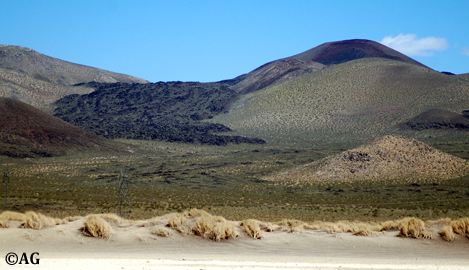PLEASE NOTE:
Cellular phones, iPods, Blackberries, Bluetooth, headphones, computers, pocket calculators, dictionaries, translators or, in general, ANY KIND of electronic device CANNOT be used during the test.
All electronic devices MUST BE TURNED OFF: if a cell phone rings, if a light is visible, or a device is on while in class during test time, you will not be allowed to finish your test and your result will be invalidated.
You cannot use any text, manual, note, dictionary, pocket calculator, flash card, or any other source of information except your brain. You will NOT need a ruler for this test.
You will ONLY need to bring:
- one Scantron, Form 882-E
- a number 2 pencil
- an eraser
This study guide must be interpreted (literally) as a guide to the study of the subject and not as a listing of possible questions.
There is no additional information compared to what has been said, discussed, shown, illustrated in class.
It is YOUR personal responsibility to cover the materials listed below on the lecture textbook, on the lab textbook, on the web pages, and on your notes.
I would strongly recommend that you peruse your notes for completeness of information: some information that has been detailed in class is only mentioned briefly on the textbooks, and you are responsible for covering that; know what the key terms and concepts are (see the list at the end of each chapter on both your textbook and your lab manual); exercise with the questions for review also found at the end of each chapter. Review the materials from your quizzes.
Read the summary at the end of each chapter, try to answer review questions, try to work with other fellow students if you find it useful.
Never hesitate to ask me questions in class or during the lab.

A basaltic lava flow in the desert of California
| |
| Textbook chapters | Last Updated • April 13, 2019 |
|
Chapter 3 - Igneous Rocks, Intrusive Activity and the Origin of Igneous Rocks
- Read the Introduction
- Know The Rock Cycle
- Know Igneous Rocks
Among other things:
- Know Fig. 3.2, page 52
- Know very well the diagram of Fig. 3.5, page 55
- Know the section "In Greater Depth 3.1" on Pegmatites, page 57
- Know How Magma Forms
- Know How Magmas of Different Composition Evolve (including Bowen's reaction series: there WILL be questions on it; study Fig. 3.15, page 63)
- Know Intrusive Bodies (both shallow and deep)
- Know Abundance and Distribution of Plutonic Rocks
- Know Explaining Igneous Activity by Plate Tectonics
- Know in particular Table 3.2, page 71
- Review "Terms to remember", page 75
- Test yourself using the questions on page 75
Chapter 4 - Volcanism and Extrusive Rocks
- Read the Introduction
- Know What are Volcanoes and why should we study them. Be sure to review Table 4.1, page 82
- Know Eruptive Violence and Physical Characteristics of Lava. Know this section very well.
Make sure to be able to distinguish between effusive and explosive eruptions
- Know The Eruptive Products of Volcanoes
- Know Types of Volcanoes. Be sure to review Table 4.2, page 91
Know where the Cascade Mountains (a volcanic arc) are -
Know the distribution of volcanoes in relation to plate tectonics (see Figure 4.19, page 94)
- Read Living with Volcanoes
- Know Plate Tectonics and Volcanism
Review "Terms to remember", page 103
Review "terms Covered in Chapter 3 that are Useful for Chapter 4", page 103
Test yourself using the questions on pages 103 and 104
Go back to the Top | Go back to the Spring 2019 Page | Go back to the Home Page
© Alessandro Grippo, since 1994
Los Angeles, California
|

